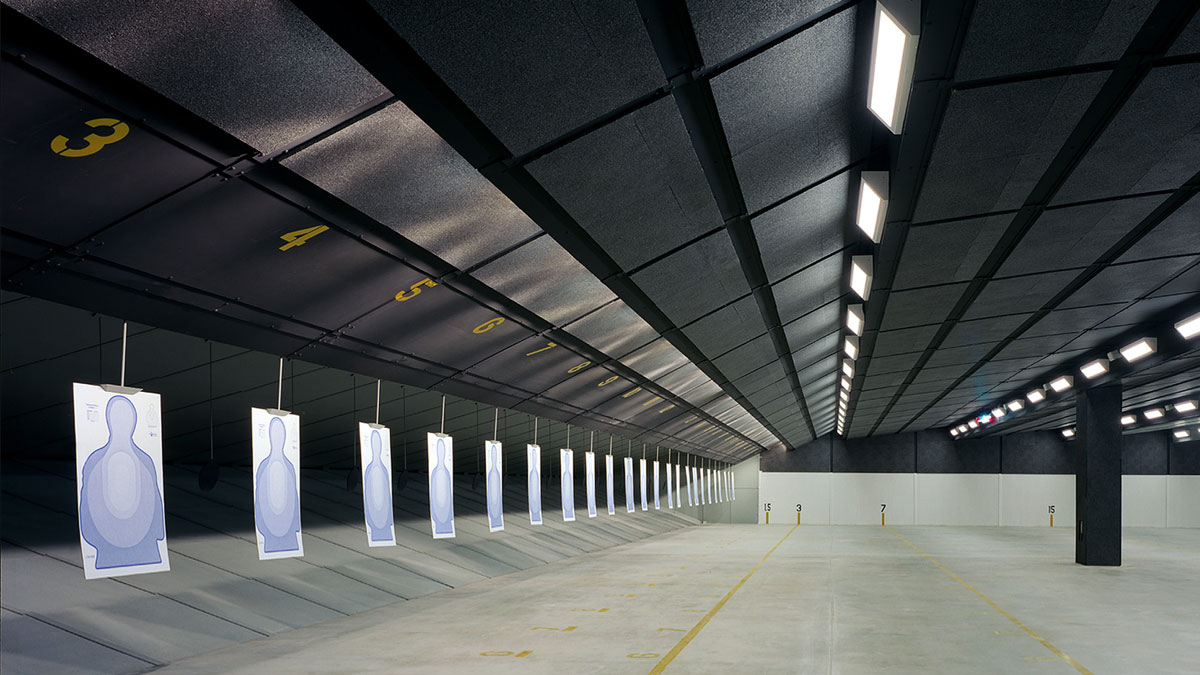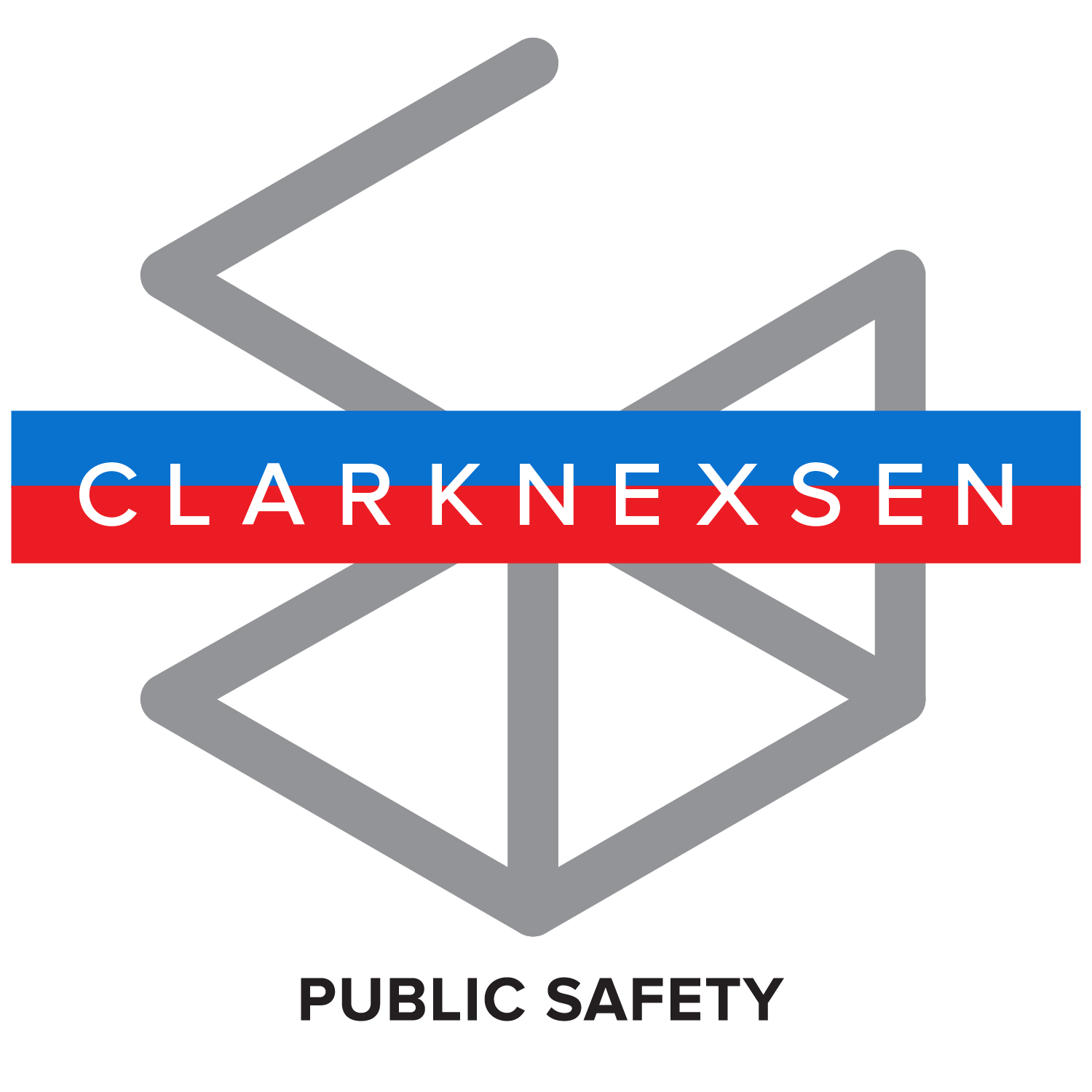
From first responders to private citizens, access to indoor and outdoor firing ranges that are well-equipped for firearms training is a highly sought after commodity. These ranges are critical spaces for educating firearms users about safe shooting practices, firearms care, and responding to evolving domestic and international safety threats.
In order to create safe, effective, and technologically superior range facilities, selecting the right firing range designer is essential. We understand that finding the “right fit” can be challenging and time consuming, so our team put together the following tips and best practices for approaching range design:
Getting Personal
When you take your car into the shop, it’s assumed that the mechanic has been properly trained and has experience driving and working on similar vehicles. Likewise, partnering with designers who are range users themselves provides a strong insider perspective to what range environments demand and how to effectively meet user needs. In addition, designers with personal range experience offer a direct viewpoint surrounding safety protocols and procedures. At Clark Nexsen, the leaders of our shooting sports practice all offer our clients personal experience as gun owners and enthusiasts, bringing tactful, relevant knowledge to the table.
Having owned and operated a shooting range for 20 years, Mike Stilwell contributes both first-hand experience and professional expertise to clients developing rifle, pistol, and tactical firing ranges. Danny Walker is a retired volunteer law enforcement officer with nearly 30-years of operational and training experience under his belt.
Professional Experience
Whether it’s in sports, politics, or the professional realm, the bottom line is, experience matters. Firing range design is no different – which is why professional history, depth of portfolio, and specific expertise is a key factor in choosing the right fit for your range project.
Look for a designer with substantial experience in the industry, and particularly with a variety of range types and sizes. These firms distinguish themselves as specialists, understanding the differing needs of commercial ranges and those for public safety training, military and special forces training nuances.
For example, Clark Nexsen has been designing range facilities for more than 30 years. As a Top 10 Military Design Firm according to Building Design + Construction, we possess the knowledge to deliver cutting-edge range and training facilities for military clients, law enforcement agencies, and special operations groups. Having worked on a variety of range design projects, our team is well versed and can recognize specific needs for details such as spatial configuration and flexibility and multiple training scenarios. In addition to developing facilities for military, law enforcement, and special operations groups around the world, our team also has the knowledge to deliver range facilities for private owners and commercial clients.
Tackling the Technicalities
There’s a lot that goes into building a range – from the exterior design to the innerworkings of systems within the space. To ensure a comprehensive fit for your job, working with a designer that has ample knowledge of the equipment required, targetry, simulations, audiovisual systems, ballistic containment, and even technical training details as specific as the environmental controls, is essential.
For example, firing ranges, particularly indoor ones, require specific types of mechanical systems to effectively manage the heavy metals and other toxic byproducts released when a round is fired. This hazard can be mitigated via ventilation systems that remove contaminants such as airborne lead particulate matter, carbon monoxide, and other harmful contaminants created during the firing of a weapon. Another technical design factor to consider is noise absorption, which is managed through acoustic controls that minimize sound transmission and reverberation which can affect range users as well as range neighbors.
Firms that emphasize technical, specific knowledge for various projects types are a safe bet. Our team is experienced in addressing the in-depth needs of a space and implementing exceptional training and firearms venues for a variety of private sector and public safety professionals. Through a close partnership with our clients, we design safe, efficient and effective range facilities that not only reflect their stated goals but remain adaptable enough to address the ever changing and evolving threat environment.
Size Matters – Here’s Why
With the many factors that come into play when developing a firing range project (client type, range type, location, and environment, etc.), each serves an important role in determining the right designer for the job. In many cases, a full-service firm can serve a client more efficiently than hiring an architect, engineer, and contractor separately. This is especially true for the private sector, which isn’t subject to the same requirements for open solicitation as the public sector. Another opportunity Clark Nexsen offers their commercial clients is the ability to partner with Clark Nexsen Construction Services to offer a turn-key design and construction solution.
Other areas to keep in mind when seeking a range designer is whether they have the capacity and experience to provide all the services you might need: preparing scope and concept studies, projecting the lifecycle cost of a facility, the ability to expedite your project if needed, and other details such as determining the level of staffing required for a range. As a full-service, interdisciplinary firm, Clark Nexsen can support a client through the entire site selection, study, design, and construction process. One of our key differentiators in serving shooting sports and public safety clients is our ability to fast-track projects should the need arise, leveraging our deep bench of more than 400 architects and engineers.
Bobby Cummings is an expert in the design of shooting range facilities and leads our Public Safety practice. With more than 30 years of total experience and 15 years focused exclusively on firing and tactical training facilities, Bobby leverages his expertise to design, build, and renovate effective ranges for owners and operators. He is currently a reserve deputy sheriff and a certified law enforcement firearms instructor in the state of Virginia. Bobby is also an avid hunter.
